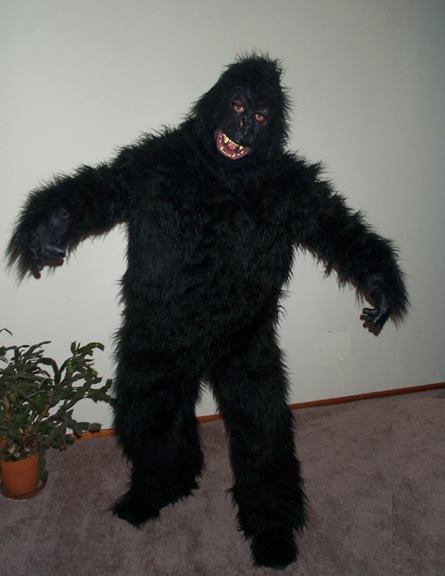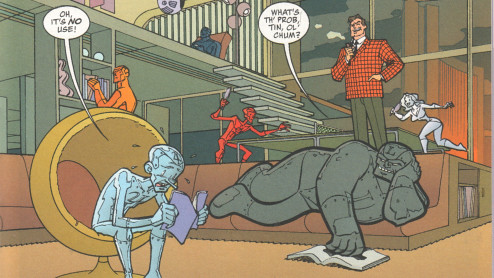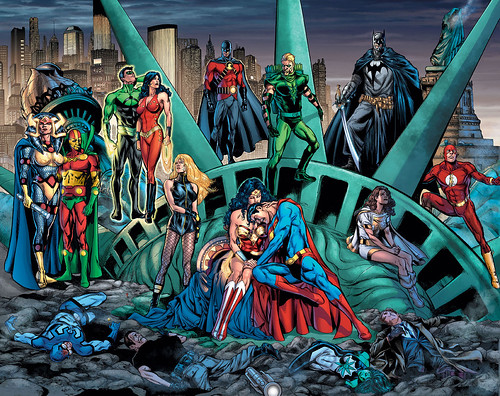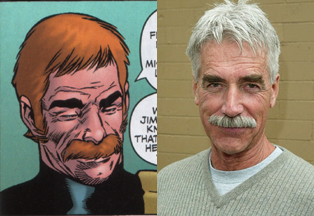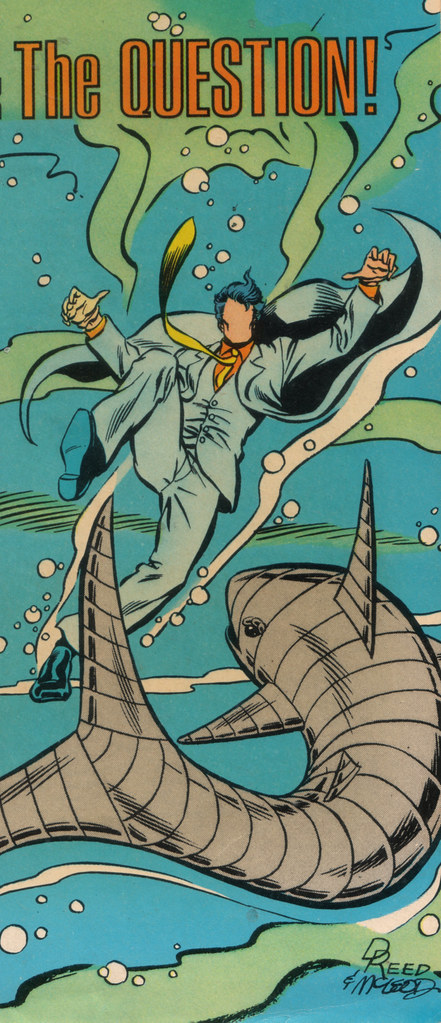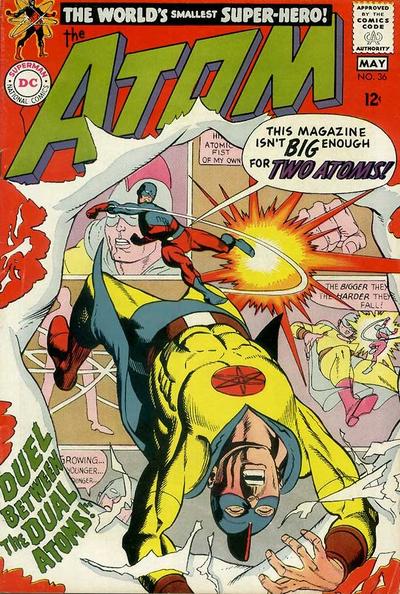I had a chance to read two graphic books over the break, both of them gifts:
Pride of Baghdad by
Brian K. Vaughn and
Niko Henrichon (DC Comics/Vertigo) and
La Perdida by
Jessica Abel. I was not disappointed by either.
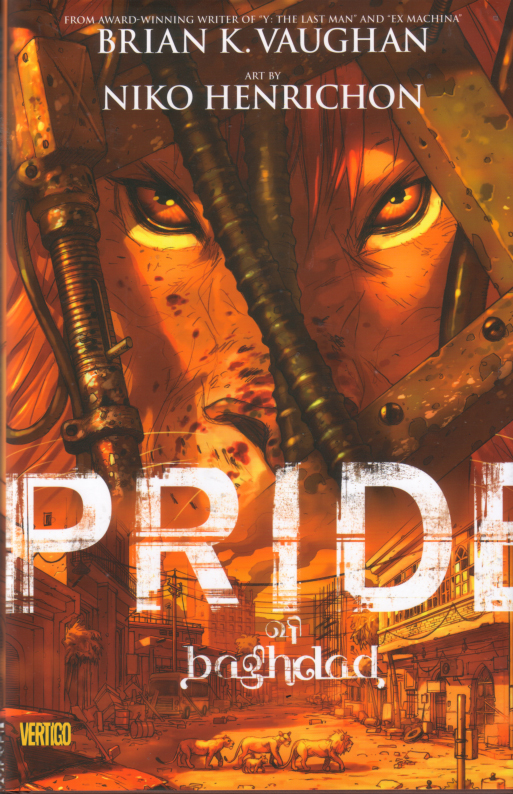 Pride of Baghdad
Pride of Baghdad relates the fact-based story of four lions who escaped from the Baghdad zoo in the aftermath of the the bombing that began the Iraq war. Beautifully illustrated and colored in tones that make the reader feel the desert heat, the story follows the small pride - an old male, two females, and a cub - as they wend their way through a world previously unknown to them, encountering wonders and threats, both human and animal, natural and artificial.
As we follow the group, our interest in engaged and held not by the plot - which is rather picaresque - but by the characterization. Vaughn's dialogue and Henrichon's art instill each lion with a distinct and credible personality. Each cat becomes a real personality, but never a person - their animal natures, sensibilities, and perspectives are never lost. Whether negotiating with gazelles or examining the rubble left behind by battle, these are wild predators following their instincts. While we can relate to these feline protagonists, there is never the sense that they have been anthropomorphized: it is we who are transformed, seeing the world through their cats' eyes:
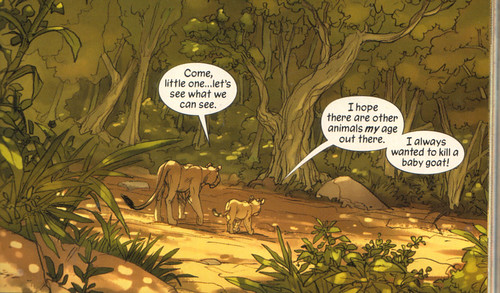
There are very few humans in the book, yet it is a story of personal drama as well as adventure. And it has the most breathtaking and moving conclusion of any book - graphic or traditional - that I have read in a long time.
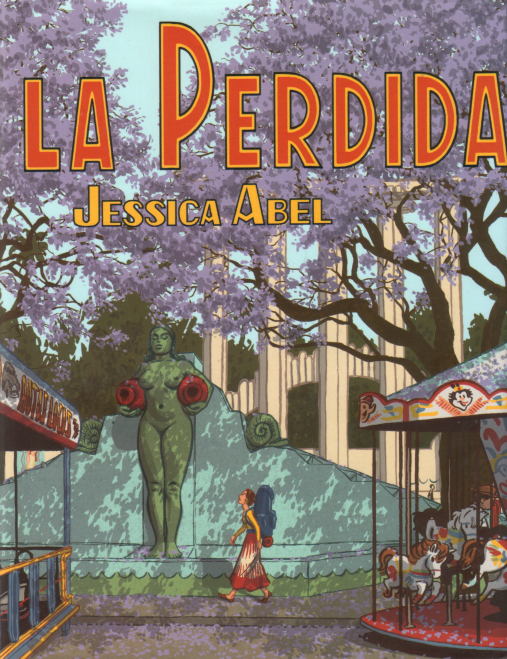 La Perdida
La Perdida is the story of a callow and naive American woman who moves to Mexico in an attempt to connect with her roots and find some greater, more "authentic" meaning to her life.
Having completed the book, I am impressed (from my usual formalist position) by Abel's command of storytelling: the narrative is intricate and the cast is large, but Abel maintains control of scene and character and builds plot upon subplot with foreshadowing, subtle clues, and the neat tying of threads. It is a quite a consummate work, helped my her masterful handling of the bilingual nature of the dialogue.
During the reading itself, I was less... engaged? Excited? Committed? This was mostly because I didn't like the protagonist, Carla, very much; I sometimes wished that she would just shut up and go away for a while so the story could follow someone else more interesting. Here she is (in white), pissing off a potential ally to a mutual friend in big trouble.
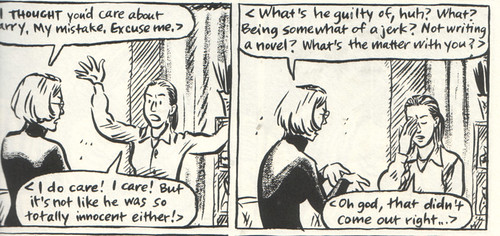
As the novel came to its conclusion, however, what I thought was going to be just a melodramatic climax turned into a revelation that Carla had been a pretty unreliable narrator for most of the book, and that her growth and struggle as a character were really just beginning. The wrap-up of the story was riveting, since Carla was finally doing things that made me care about her. I'll credit Abel with a lot of courage for not taking the easy way out and giving us a warm and cuddly heroine with whom we could identify; sticking with Carla was work, but it was well worth it.
::::::::::::::::::::::::::::::::::::::::::::::::::::::::::::::::::::::::::::::::::::::::::::::::::::::::::::::::::::::::::
Winter quarter started on the second; this is the term that I am using graphic books as the readings in my composition class. I was going to begin with some essays from
Give My Regards to the Atomsmashers, a collection of essays by popular writers on the effect comics had on their lives. That book was out of print, however, so i had to make a last minute substitution with
The Language of Comics, a collection of more scholarly articles such as "The Voices of Silence: Willette, Steinlen and the Introduction of the Silent Strip in the
Chat Noir, with a German Coda," by David Kunzle. It's pretty heady stuff, grad school reading really, but the class is giving it a fair go. They're handing in their first paper tomorrow- an annotation of one of the articles - and we'll see if my optimism is founded. We'll be looking at and writing about extant criticism for a couple of weeks, and then they'll be trying their hand at analyses of graphic works.

